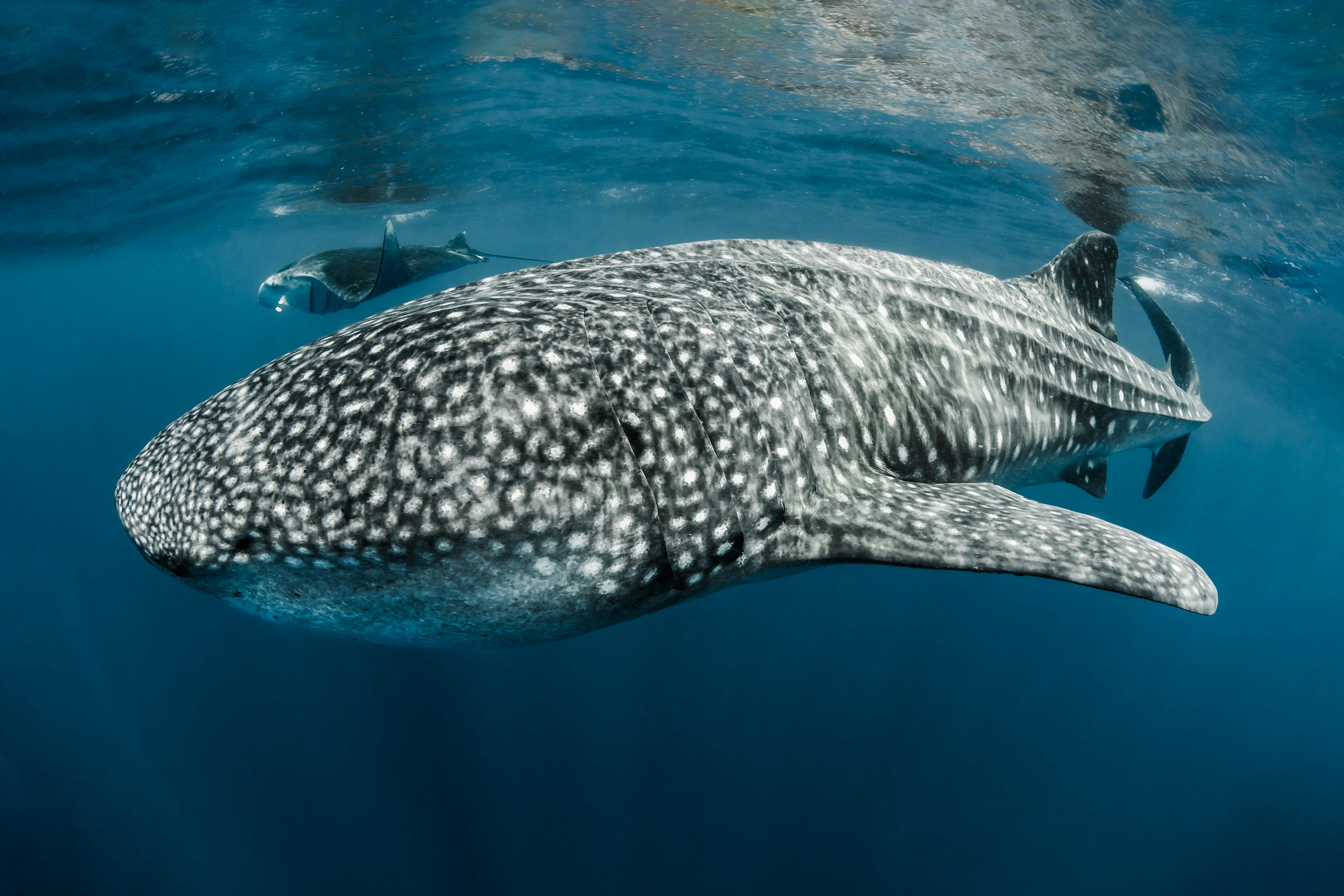We are so excited to tell you about a major victory that our supporters helped achieve. Yesterday at the UN Ocean Conference, the Colombian government announced it will create four new official marine reserves, including one expanding the fully protected Malpelo Sanctuary of Fauna and Flora. Colombia will now surpass the goal of protecting 30% of its waters eight years before the 2030 deadline! The initiative to protect 30% of the global ocean by the year 2030, referred to as 30x30, is a target that scientists have indicated is necessary in order to prevent irreversible loss of marine life. A huge thank you to everyone who made their voice heard on the petition to protect the Eastern Tropical Pacific marine corridor. And, of course, this win would not have been possible without the hard work and dedication of Colombia’s environmental, fishing, and maritime authorities, along with scientists, the private fishing sector, nonprofits, and the people of Colombia. With this remarkable action, Colombia will strengthen local fisheries, sustainable livelihoods, and the protection of marine biodiversity in its native waters and throughout the Eastern Tropical Pacific marine corridor. If you’d like to move another campaign to create sanctuaries close to victory, consider adding your name to the brand-new petition to expand the Pacific Remote Islands Marine National Monument 🌎 ⛵️
This November, world leaders will decide whether to give these iconic species the highest level of protection under CITES — and we need your voice to make it happen.
Whale sharks, oceanic whitetip sharks, and manta and devil rays — some of our planet’s most iconic species and pillars of conservation — are vanishing. Over the past few decades alone, shark and ray populations have declined at an alarming rate. Whale shark numbers have dropped by more than 50%. Oceanic whitetip sharks have declined by 80–90% and are now critically endangered, while manta and devil ray populations have plummeted by as much as 99% in some regions.
The biggest culprit for their decline is the unsustainable international trade of their fins and gill plates, exacerbated by climate change–fueled habitat loss and ecosystem destruction.





















